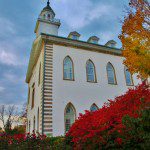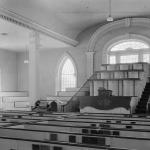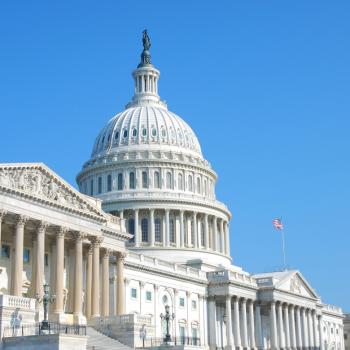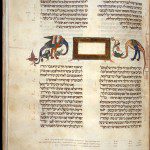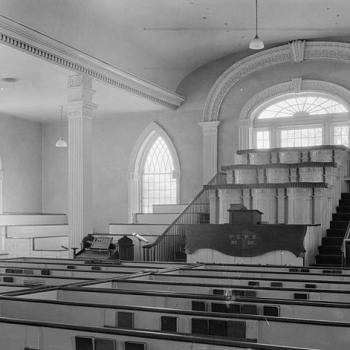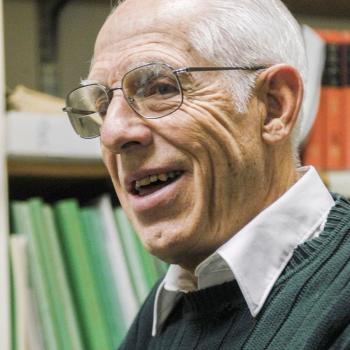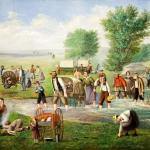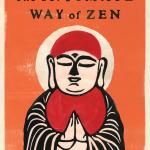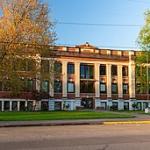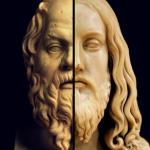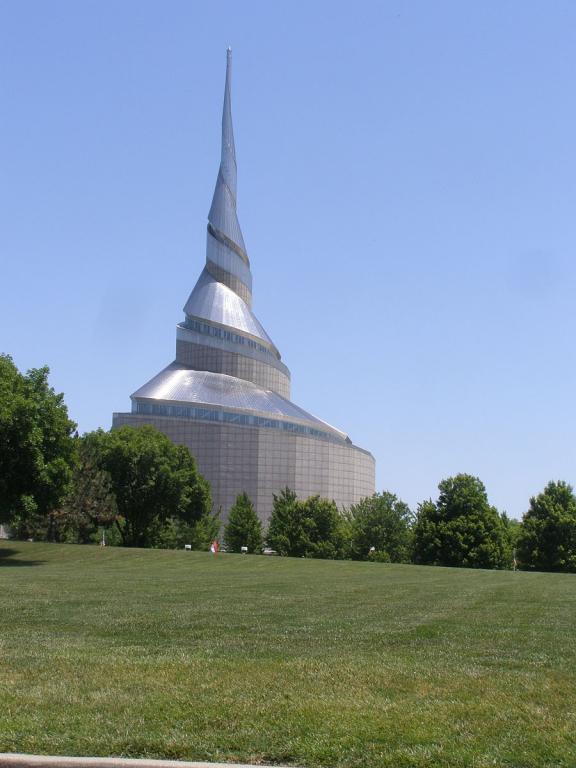
(Wikimedia Commons public domain image)
Amidst the general rejoicing among Latter-day Saints at our church’s recovery of the Kirtland Temple (and other properties in Kirtland and in Nauvoo) — joy in which I enthusiastically share — we should probably not forget that the transaction has caused deep sadness among not a few members of the Community of Christ, including at least some (and maybe all) in its leadership. For example, please listen to the honest and touching statement on the matter from Lachlan Mackay, one of the twelve apostles of the Community of Christ, and — I’ve had a few interactions with him — a good, sincere, and kind man. It can be found at the following link, and it’s not quite three minutes long: https://cofchrist.org/faithfully-funding-our-future/.
The Community of Christ has been a good steward of the properties and artifacts that are now being transferred, and I’m grateful to it and to its members for their care during the many generations of their custodianship.
That said, I suspect that there are other members of the Community of Christ for whom the sale of the Kirtland Temple and of other properties and artifacts pertaining to the Joseph Smith era of the Restoration has been largely a matter of indifference if not, indeed, of quiet pleasure. One obvious reason would be the considerable expense that caring for old buildings and their surrounding properties represents.
But it’s not only that. There has been an enormous theological evolution within their ranks, much more pronounced among some (including the leadership) than among many of their members. I well remember a then-prominent intellectual from the Reorganized Church of Jesus Christ of Latter Day Saints, as it was then called, expressing to me his satisfaction at his church’s conscious distancing of itself from the Book of Mormon and other aspects of early Latter-day Saint doctrine and practice. “Now,” he said, “if we can only get rid of other notions, like ‘priesthood.'”
But such changes caused genuine, wrenching pain for many other members of the Reorganized Church. They had been taught to reject the claims of “Utah Mormonism” or the “Brighamites,” but they continued to venerate the Book of Mormon and to respect Joseph Smith. And when the leaders that they called “prophets” began to jettison much of that, they felt bereft, orphaned.
Many years ago, my wife and I were visiting Palmyra, New York. While we were at the gravesite of Alvin Smith, Joseph’s older brother, my attention was caught by another visitor who, like us, was using a popular guide to historic Latter-day Saint places that had been published in Utah. And yet, given the way that she was dressed, she was obviously not a temple-going member of the church headquartered in Salt Lake City. I wondered what her story was.
Shortly thereafter, as luck would have it, we struck up a conversation. From the way she spoke, I figured that she was probably a member of the RLDS Church. (I should, of course, have thought of that earlier.) But then she surprised me by saying some very negative things about RLDS leadership, which was based in Independence, Missouri.
She belonged to an independent “Restorationist” congregation, she said, which no longer recognized the leaders of the RLDS Church and which refused to send its tithes to Independence. The RLDS First Presidency and the RLDS apostles, she told me, were apostates who had abandoned fundamental beliefs of her faith, which continued to be based upon not only the Bible but the Book of Mormon and the revelations of Joseph Smith.
I found her situation quite sad, and I wanted to invite her to consider the claims of a church that had remained faithful to Joseph’s revelations and to the Book of Mormon. I didn’t feel right about doing so in that moment, though. Still, I prayed then that she and others in like straits would eventually find their way home — to the church that had gone west in the 1840s.
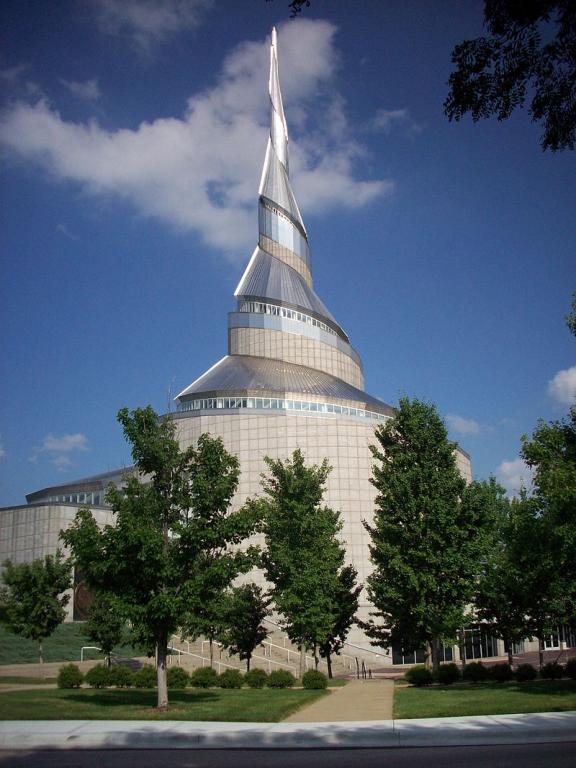
One concern that I have seen expressed by some, including members of the Church of Jesus Christ of Latter-day Saints, is that guides at the sites in Kirtland and Nauvoo that are now being handed over to the custodianship of that church will no longer be of the same quality as those that were provided by the RLDS Church in the past.
I understand this worry. At least in my experience with them, the RLDS guides have generally been quite well informed, historically speaking. They have typically been full-time interns or even professionals, and they have often had a lot of good information to pass on.
By contrast, I’ve sometimes been quietly irritated by the young missionary guides at some historical sites controlled by the Latter-day Saints. On more than a few occasions, I’ve visited such sites and tried to make it clear that I was already a member of the Church (and, for what it’s worth, even a member of the faculty at the Church’s university), only to receive the same canned and ultra-basic proselyting presentation that would have been given to somebody who had wandered in off the street with absolutely no knowledge of the Restoration at all. I’ve come not because I was curious to know who Joseph Smith was but because I wanted to see and learn more about, say, the Sacred Grove or the Oakland California Temple.
But I have to say that my experiences with RLDS guides haven’t all been positive, either. I think most particularly of what was perhaps my first visit to the Kirtland Temple. I was, as it happened, with others whom I didn’t know but all of whom were plainly members of the Salt Lake City church. The guide told us a very great deal about architectural styles and various features of the building. She even mentioned that the business tycoon John D. Rockefeller, who spent much of his life in nearby Cleveland (where he is also buried) had been so fond of one of the main windows and some of the paneling in the Kirtland Temple that he had offered a significant sum of money in order to purchase them. (His offer was turned down.)
But, even by the time that we were substantially into the tour, that particular guide had said nothing whatever about the specifically religious significance of the Kirtland Temple or about the magnificent divine manifestations that Latter-day Saints (and, I presume, most or at least many RLDS) believe to have taken place in it.
One of our group, apparently bothered by the same strange absence of religious content that I was feeling, raised her hand and (referring to Doctrine and Covenants 110) asked, “Can you please show us the place where the Savior appeared to Joseph Smith and Oliver Cowdery, standing upon the pulpit?”
I’ll never forget the response of the guide. “Oh yeah,” she said. “That.” Whereupon she directed our attention to the place in question.
Now, I have no idea whether other RLDS guides at that time were so . . . well, secular in their approach to the Kirtland Temple. I’ve been back several times since then, and my experiences haven’t been so pronouncedly poor. But I wanted to push back just a little bit, at least, on the idea that having Latter-day Saint guides at historic sites rather than RLDS guides will necessarily represent a drop in quality. I’ve encountered some Latter-day Saint guides (typically senior missionaries) who have been pretty good historically, but none who have been drily secular. May their tribe increase.


